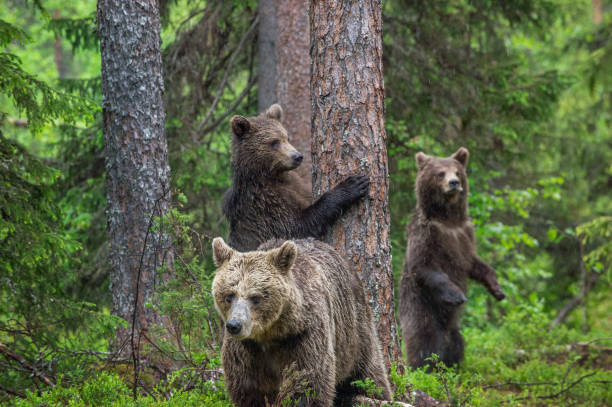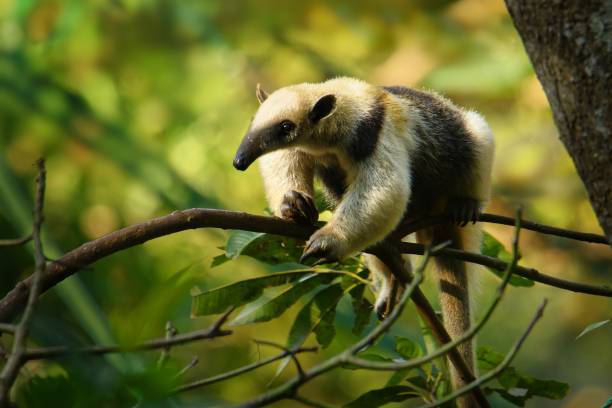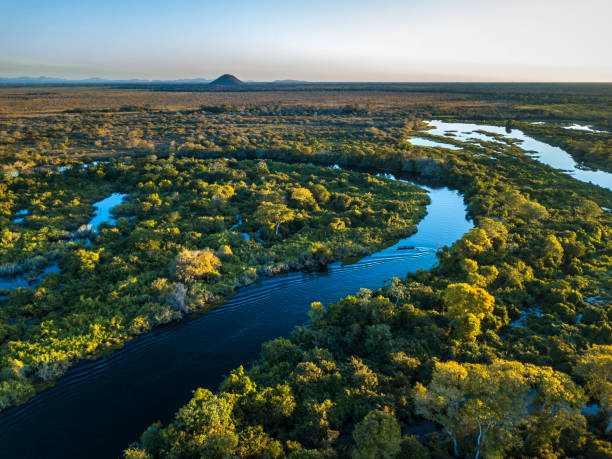New York, May 23 – At the height of the coronavirus explosion in mid-2020, experts warned that nature harbored 540,000 to 850,000 unknown viruses that could lead to more pandemics, infect and kill more people.
By mid-2021, the World Health Organization said the Covid-19 virus has killed over 3.3 million people and infected 162 million people and it is still rampant.
The warning to leave nature alone resounded as the planet’s biodiversity remains at risk. UN Secretary-General Antonio Guterres and officials leading specialized agencies have pointed out the decline in the earth’s ecosystems despite decades of action to address the problems.
“Let me frank,” UN Secretary-General Antonio Guterres said on May 22, 2021, which the UN designated as international biodiversity day. “Humanity is waging a war on nature. And the pressures are intensifying. We have failed to meet any of our international agreed biodiversity targets.”
“We’ll all be losers if we don‘t achieve peace with the planet,” he said.
Organizations warned humans are responsible for harms inflicted on nature, including deforestation for economic gains, overfishing and dumping of plastic waste in oceans, pollution of air quality, land and water resources.
The 2021 themes for the UN biodiversity day were “We’re part of the solution”, “Our solutions are in nature.” The slogans served as a reminder that biodiversity remains the answer to several sustainable development challenges.

Experts from the Intergovernmental Science-Policy Platform on Biodiversity and Ecosystem Services (IPBES) had warned that COVID-19 could cost US$8-16 trillion by July 2020 and “future pandemics will emerge more often, spread more rapidly, do more damage to the world economy and kill more people than COVID-19 unless there is a transformative change in the global approach to dealing with infectious diseases.” The warning was issued last year in a major new report on biodiversity and pandemics by 22 leading experts from around the world.
IPBES is an independent intergovernmental body of over 130 member governments to advice policymakers on matters regarding the planet’s biodiversity, ecosystems and the contributions they make to people, as well as the tools and methods to protect and sustainably use these vital natural assets.
Researchers from IBPES and the WHO projected a rise in pandemics that are “driven mainly by deforestation and biodiversity loss, much of it due to commercial activities like cattle raising, mining and commercial plantations.”
They said these activities enable the spillover of pathogens into new human populations, “as increasingly intimate associations between humans and wildlife disease reservoirs accelerate the potential for viruses to spread globally.”
“There is no great mystery about the cause of the COVID-19 pandemic – or of any modern pandemic”, said Dr. Peter Daszak, President of EcoHealth Alliance and Chair of the IPBES workshop.
“The same human activities that drive climate change and biodiversity loss also drive pandemic risk through their impacts on our environment. Changes in the way we use land; the expansion and intensification of agriculture; and unsustainable trade, production and consumption disrupt nature and increase contact between wildlife, livestock, pathogens and people. This is the path to pandemics.”

Kunming biodiversity conference in October 2021
The UN is preparing to hold the 15th Conference of the Parties to the Convention on Biological Diversity (CBD) to review any achievements and delivery of a strategy for biodiversity in the past 10 years. The conference will take place in Kunming, in Yunnan province, China, October 11-24.
The UN explained that biological diversity is understood as a wide variety of plants, animals and microorganisms, which also includes genetic differences within each species, like between varieties of crops and breeds of livestock, and the variety of ecosystems (lakes, forest, deserts, agricultural landscapes) that host multiple kind of interactions among their members (humans, plants, animals).
Yunnan, the host for the conference, is known for its vast fields of tea cultivation and biodiversity is a major topic in the region. China has a particular interest to ensure success of the biodiversity conference, not only because it is taking place on its territory but because of the link between biodiversity and human life. China’s tea culture dated back to 5,000 years ago and the country is considered the largest producer of tea mostly centered in Yunnan. Other major tea producers include India, Kenya, Turkey, Indonesia, Japan and Vietnam.
Failures to achieve goals set in the convention will undermine progress towards 80 per cent of the assessed targets for eight of the 17 Sustainable Development Goals to transform the world into a more habitable place, the UN said. It said three-quarters of the global land-based environment and about 66 per cent of the marine environment have been significantly altered by human actions. And one million animal and plant species are now threatened with extinction.
The Kunming conference will review implementation of the Strategic Plan for Biodiversity 2011-2020, which calls on member countries to take measures that include reviewing and updating national biodiversity strategies and action plans and developing national targets among various other steps. The strategic plan is known also as “Living in Harmony with Nature.”
United Nations correspondent journalists – United Nations correspondent journalists – United Nations correspondent journalists
United Nations journalism articles – United Nations journalism articles – United Nations journalism articles

